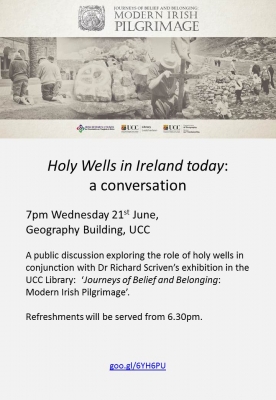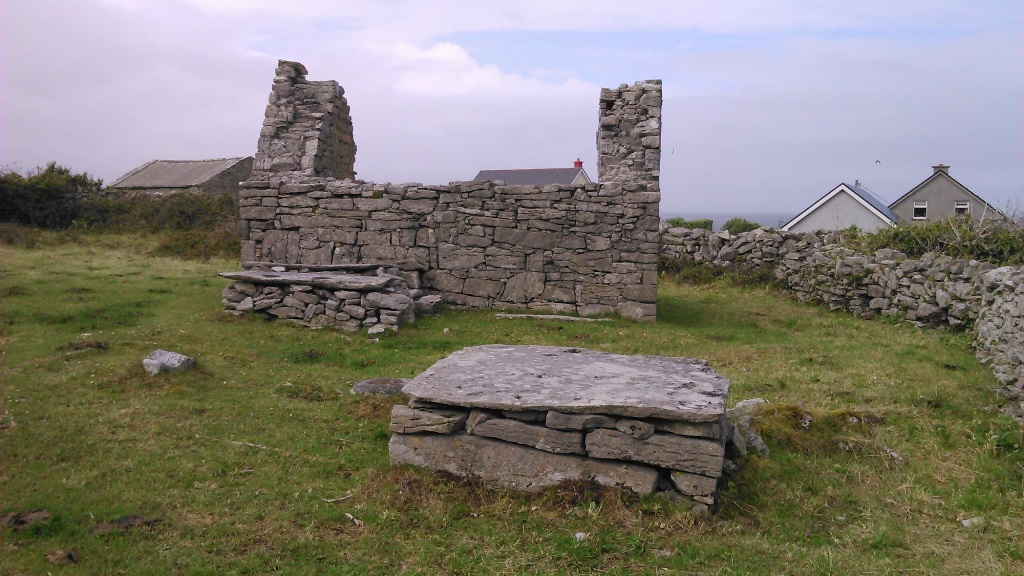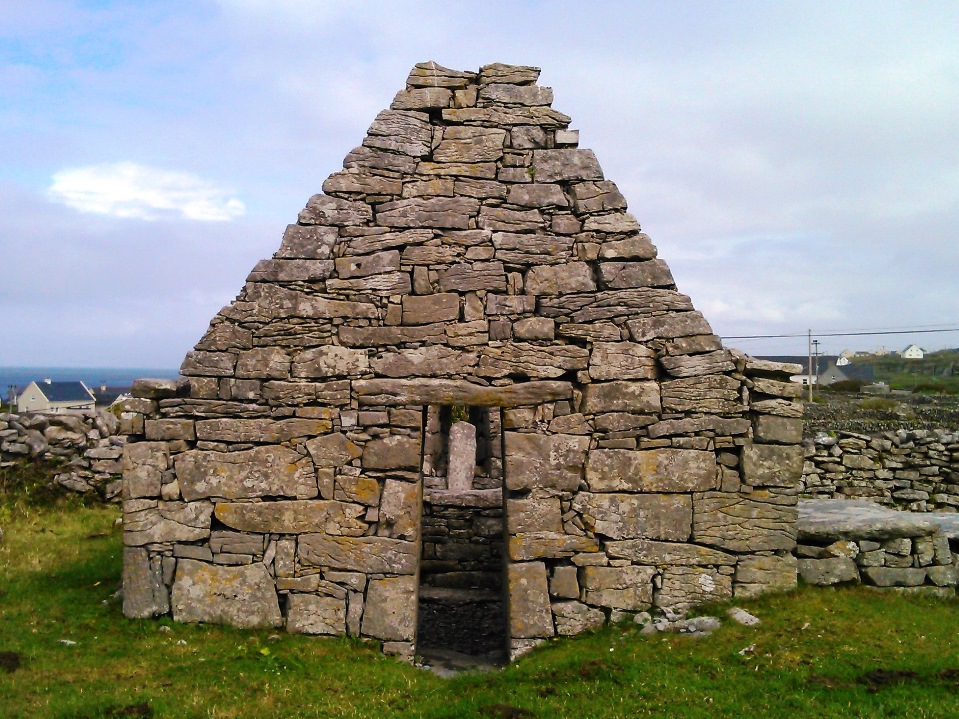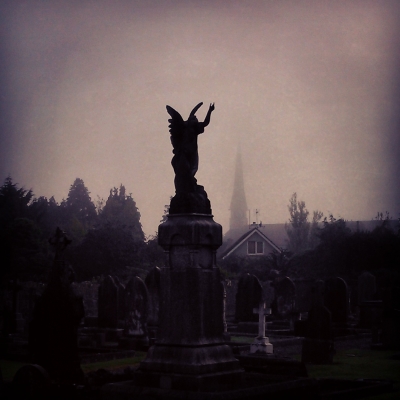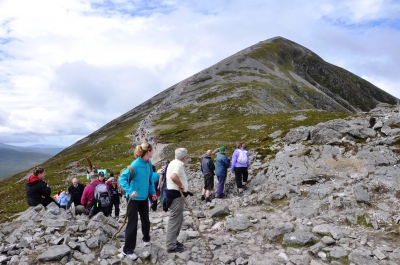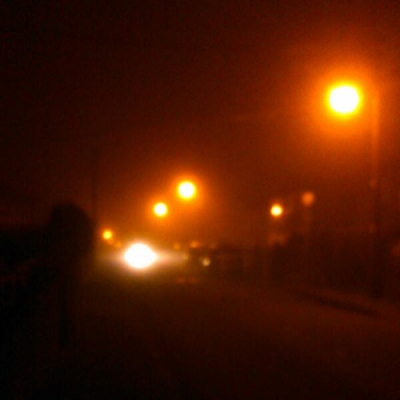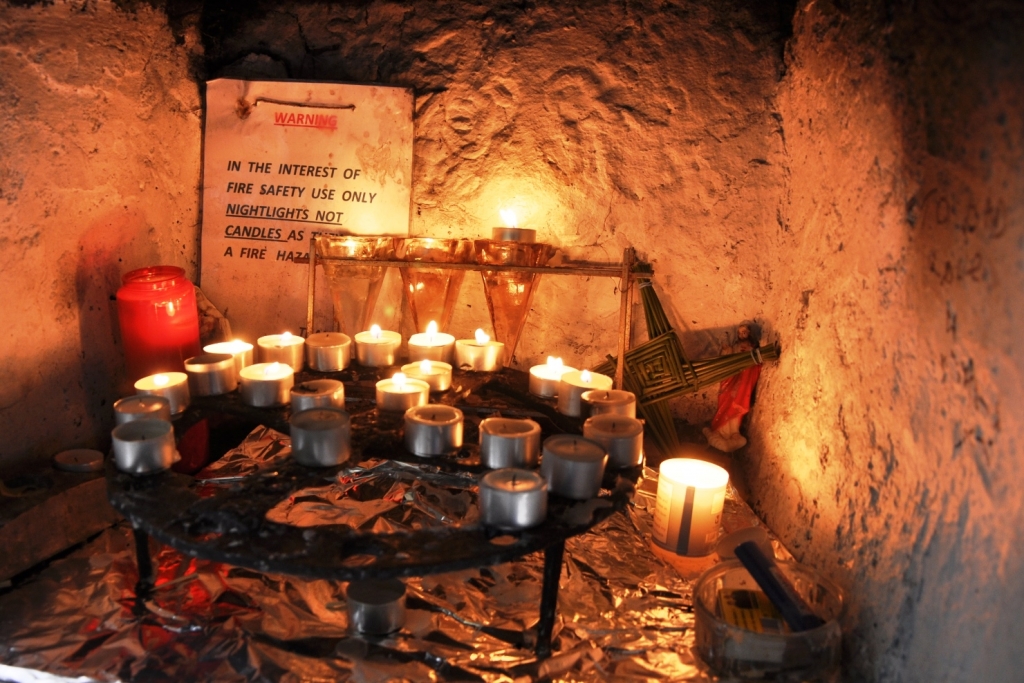Sharing Cork was a project I ran as an experiment for Geography Awareness Week 2012. I was interested in developing an online project and engaging with social media.
This year was the first time there was a Geography Awareness Week national programme being run in Ireland, with the Geographical Society of Ireland (GSI) in conjunction with the Association of Geography Teachers in Ireland (AGTI) coordinating the events. Sharing Cork was run as part of this, which assisted in its promotion.
Sharing Cork was an online project which centred on my home city of Cork. It aimed to use social media to crowd-source contributions. I asked people to record (photo, video, audio recording, drawing etc) a part of their daily life and share it. Emphasis was put on the everyday angle behind the project.
Participation in the project was explained as being as simple as ‘Record, Share, Enjoy’. Someone was to take a photo (or make a video, record audio, drawing or painting) of a place, activity or encounter from our daily life. Then, they shared it using email, Twitter, Facebook, or by sharing a link from a site/page where they hosted their materials (eg. youtube, flicker, wordpress, audioboo). Contributions were gathered, collated and shared in one place (via this site) for everyone to enjoy and hopefully learn from it.
As well as being an interesting project for Geography Week, I intended to use it as a means of engaging with social media as a tool and to practice developing a site and online project. I consider it a success in terms of the latter motivation. I was able to use WordPress to generate a site and then link it in with social media. That link proved essential as both the Twitter and Facebook incarnations of the project generated specific interactions and contributions. The experiment with social media was limited in its impact, but nonetheless it showed the potential for the use of these platforms in research.
Overall, I was reasonably pleased with the endeavour. The technical aspects worked, I got some contributions and I am more convinced than ever about the growing role that social media and the web will play in research.
The stats
Website: It received 187 views (a unknown, but sizeable portion were from me). Monday 12th Nov was the day it received the most views, with 72 hits.
Facebook page: 37 Likes (15 of whom are friends of mine on Facebook); the ‘Reach’, the number of individual people who have seen a post, of individual posts ranged from 0 to 43; there were 33 posts on the page, 26 of which were by me.
Twitter: The twitter account had 43 followers, with it following 125 accounts – most followers seem to respond to being followed (especially since most were Cork-based organisations or businesses who have an interest in generating and connecting with followers). The account received 15 mentions and 19 retweets, 10 of which were by me via other accounts.
Improvements for next year
If I am going to do this, or something like it, next year (or in the use of websites and social media for my research), there are several lessons learnt:
- Start early and promote in the lead up: I developed the project late, within a few days of the actual Week, and had little time to get the word out.
- Engage with people and organisations that have strong social media presence: A retweet or a posting form the right person or organisation can have a significant impact. Also, contributions can be solicited from people or representatives directly.
- Be persistent In the ‘shallow’ online world, which has little memory, you need to ensure you have a continuing presence and relevance.
Some Contributions
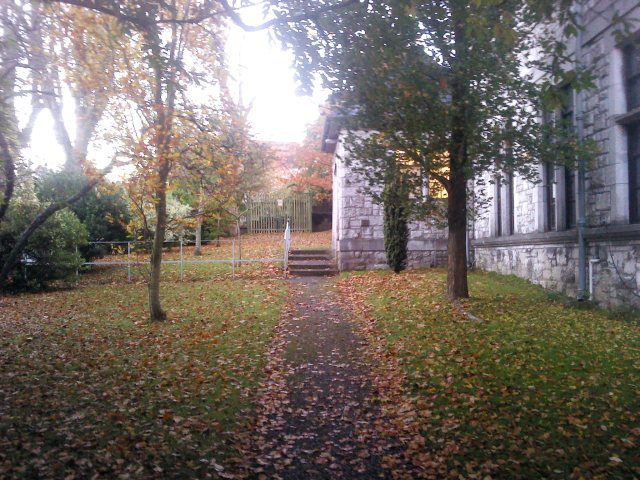
Outside the Geography Building, UCC: 8am 2/11/12
 The WWI Memorial monument, South Mall, on 11th November, shortly before the commemoration event.
The WWI Memorial monument, South Mall, on 11th November, shortly before the commemoration event.
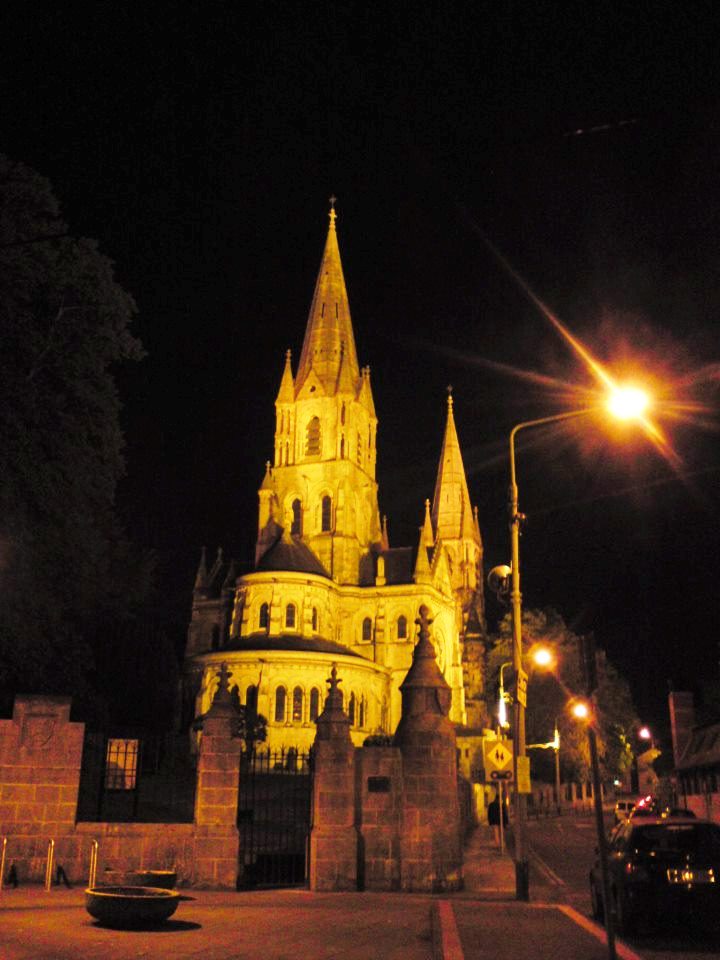
St Finbarre’s Cathedral at night. While it looks beautifully lit here, one person I know who lives close finds the constant yellow glow in the sky a disturbance… (Courtesy of S. O’Connor).

Foggy Cork, Glucksman Gallery, UCC (7.56am 15/11/12). It’s one of those foggy mornings that completely transforms the landscape, even in the city. While UCC is, in places, a green oasis within the city, this part of its character is emphasised in the fog, when visibility is limited. In the closeness of the fog everything seems quiet and isolated.
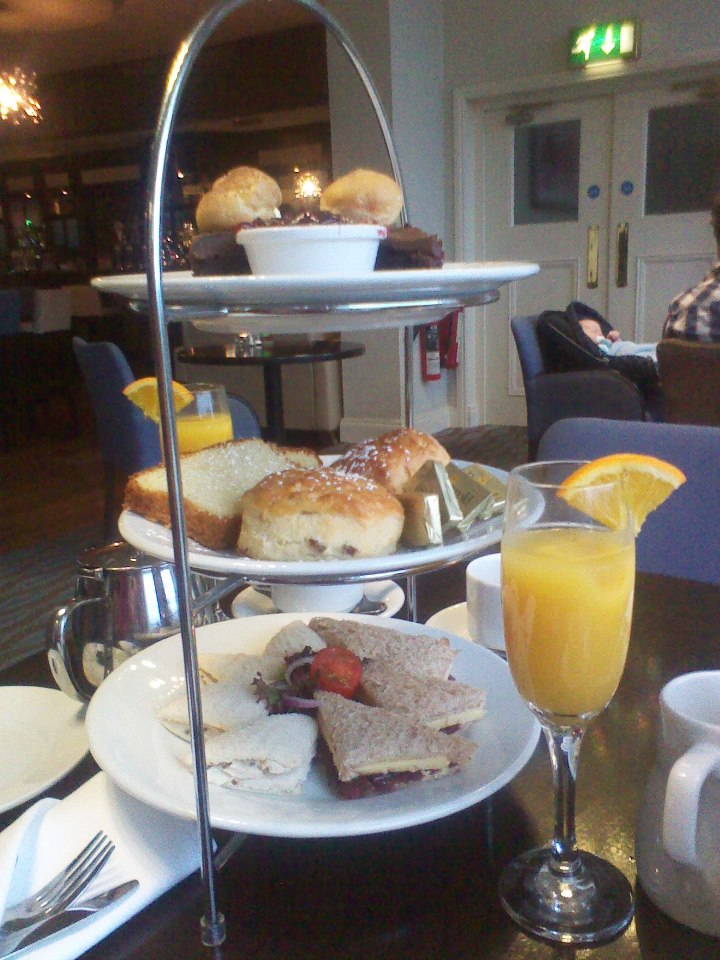
Afternoon tea in the The Montenotte Hotel #gaw #sharingCork (Courtesy of M. Murphy).

